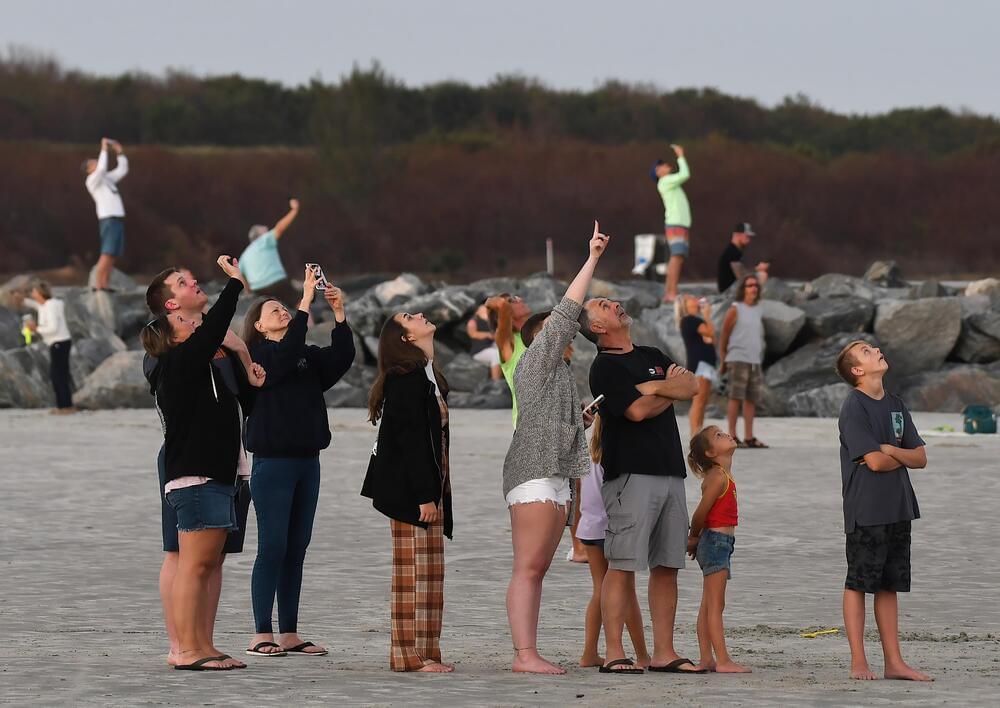The system is like a solid version of pumped hydro, which uses surplus generating capacity to pump water uphill into a reservoir. When the water’s released it flows down through turbines, making them spin and generate energy.
Energy Vault’s solid gravity system uses huge, heavy blocks made of concrete and composite material and lifts them up in the air with a mechanical crane. The cranes are powered by excess energy from the grid, which might be created on very sunny or windy days when there’s not a lot of demand. The blocks are suspended at elevation until supply starts to fall short of demand, and when they’re lowered down their weight pulls cables that spin turbines and generate electricity.
Because concrete is denser than water, it takes more energy to elevate it, but that means it’s storing more energy too. The cranes are controlled by a proprietary software that automates most aspects of the system, from selecting blocks to raise or lower to balancing out any swinging motion that happens in the process.






